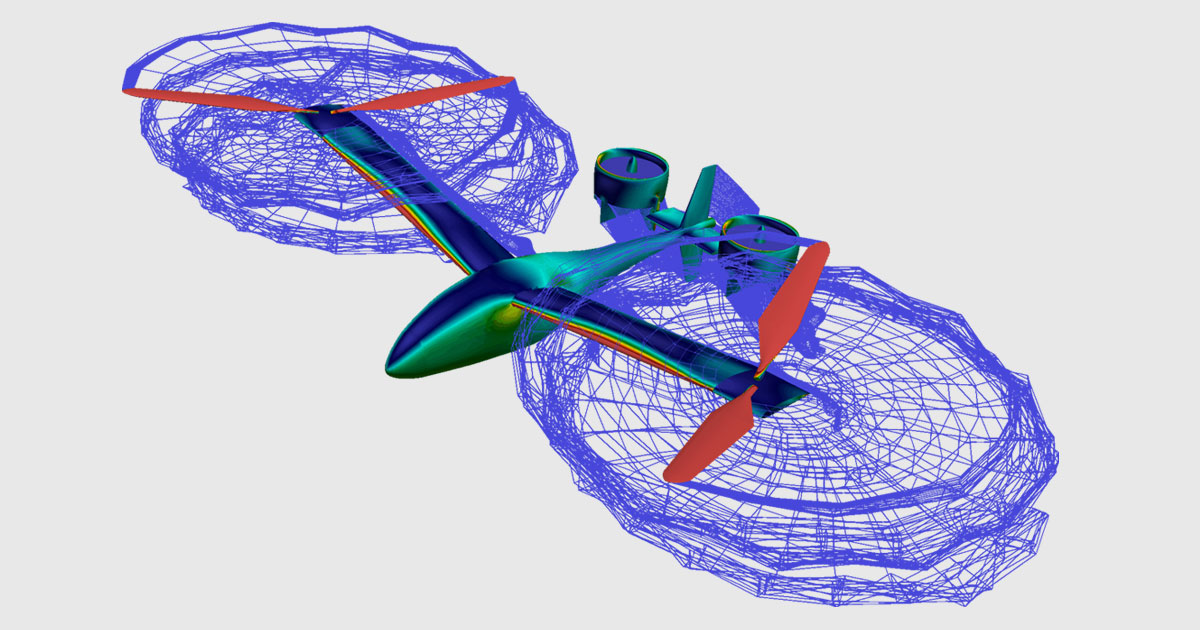Flagship solution, FlightStream, pushes the boundaries of modern computational techniques
Altair, a global leader in computational intelligence, announced it has acquired Research in Flight, maker of FlightStream, which provides computational fluid dynamics (CFD) software with a large footprint in the aerospace and defense sector and a growing presence in marine, energy, turbomachinery, and automotive applications.

FlightStream is a user-friendly, yet powerful flow solver that bridges the gap between high-fidelity CFD simulations and the needs of engineers and designers. Its exceptionally fast computational speeds and low hardware footprint, coupled with a streamlined user interface and robust aerodynamic solver, make it an invaluable tool for early-stage rapid design iterations and in-depth aerodynamic studies for aerospace and defense applications and beyond.
FlightStream can capture subsonic to supersonic flows, including compressible effects and a
unique surface vorticity capability. It leverages the strengths of panel method flow solvers and enhances them with modern computational techniques to provide a fast solver capable of handling complex aerodynamic phenomena.
“Our growth in the aerospace, defense, and surrounding industries has accelerated in recent years through our best-in-class computational intelligence solutions,” said James R. Scapa, founder and chief executive officer, Altair. “The integration of FlightStream into our portfolio will enhance our offering with its specialized, modern, and efficient approach to meet the increasingly complex customer demands in these industries, including the urban air mobility and eVTOL sectors.”
FlightStream allows for the rapid analysis of unconventional aircraft using a unique surface
vorticity, flow-separation, and viscous analysis capability for both powered and unpowered
configurations. It is augmented with integral boundary layer modelling, enabling users to capture viscous effects with a level of detail that is uncommon in traditional panel method applications.
This integration facilitates a more comprehensive analysis of aerodynamic performance,
providing insights that are crucial for design optimization.
“We are proud to be a standard tool in the aircraft designer’s toolbox,” said Vivek Ahuja, co-
founder, Research in Flight. “Joining Altair will allow us to scale and reach countless engineers seeking best-in-class, powerful, and specialized tools for faster design iterations.”
In addition to Ahuja, Research in Flight was co-founded by Roy Hartfield who has dedicated more than 30 years to the study of aerodynamics, propulsion, statistical analysis of air vehicles, and aircraft research. Hartfield is an aerospace engineering professor at the Samuel Ginn College of Engineering at Auburn University.
FlightStream is a United States Air Force network-approved software and is also used at
NASA Ames and Langley Research Centers, as well as by the U.S. Army. It will be integrated
into the Altair HyperWorks design and simulation platform and be available via Altair Units.


